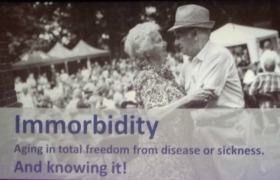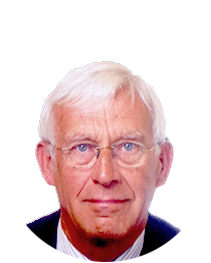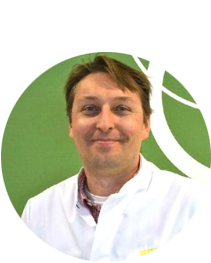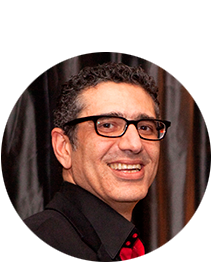Reaching for ‘immorbidity’
“Please governments, keep on investing in basic science”, Paul Stoffels, Chief Science Officer of Johnson & Johnson, implored at the inaugural symposium of the Janssen Prevention Center (JPC) of Janssen Pharmaceutical Companies. The new research centre was established early 2015 and organised its first symposium titled “Reaching for immorbidity” on June 4th at the EYE Film Institute in Amsterdam.
Divided opinions
At the symposium, directors of Janssen Pharmaceutical Companies and researchers
from Europe, the US and Australia discussed the importance of prevention and
therapeutic disease interception. With the objective to develop new therapies,
the scientists presented the results of basic research experiments as well as
clinical trials and cohort studies. Despite their common goal to elongate
healthy life span, the speakers had diverging and sometimes even opposing ideas
on the notions ‘aging’ and ‘disease’, resulting in highly diverse
presentations.
“Age is no disease”
Jonathan Silvertown, professor of evolutionary ecology at the University of
Edinburgh, introduced the day from an evolutionary perspective. Among others,
he stated: “Age is no disease, but a general deterioration of the whole
system.” Furthermore, he discussed why we age and why lifespans differ per
species. “We all think that life is short, but actually it is very long for a
primate of our bodyweight.” Christian Bär, researcher at the Spanish National
Cancer Research Centre, agreed and defined aging as the main risk factor for
many diseases. “We believe aging is mainly due to telomere shortening which is
also the primary cause of ageing and disease.” Their telomere-elongating gene
therapy has already proven to be effective in several mouse models for age-related
diseases.
“There is no such
thing as ageing”
Steve Horvath, professor in human genetics and biostatistics at de University
of California, countered: “I do consider ageing as a disease, but first of all we
have to define it. I would like to know what the perfect age is for every organ
in the body.” To this end, he assessed DNA methylation levels that diverged
from the anticipated methylation levels for a certain age category. One of his
discoveries is the early aging of hepatocytes in people with obesity. Another
study showed that offspring of centenarians had ‘younger’ DNA than people
without long-living parents. This was partly affirmed by Albert Hofman, professor
of epidemiology at the Erasmus Medical Centre. He stated: “There is no such
thing as aging. We can only observe the accumulation of harm through the
passage of time, but there is no underlying process.” With the data of two
prospective cohort studies in Rotterdam, Hofman and his colleagues examine the
causes of Alzheimer’s Disease.
The day ended with a talk of Jaap Goudsmit, global head of the Janssen Prevention Center. He wishes to approach lifelong health so the non-existing word ‘immorbidity’ will be included in every future encyclopaedia.
By Saskia Höcker






